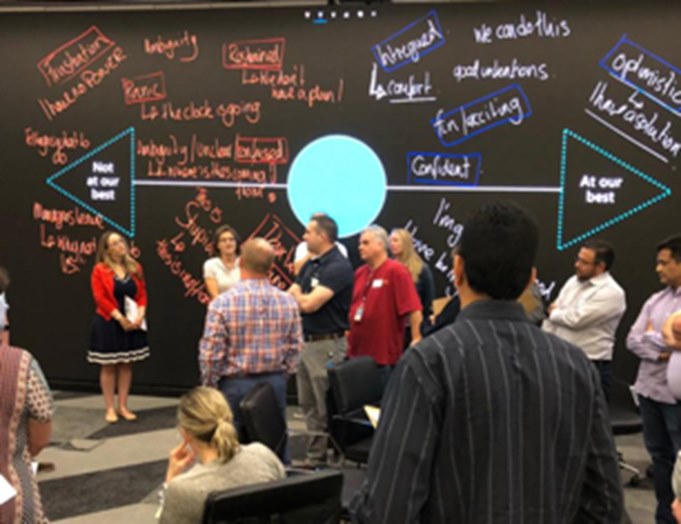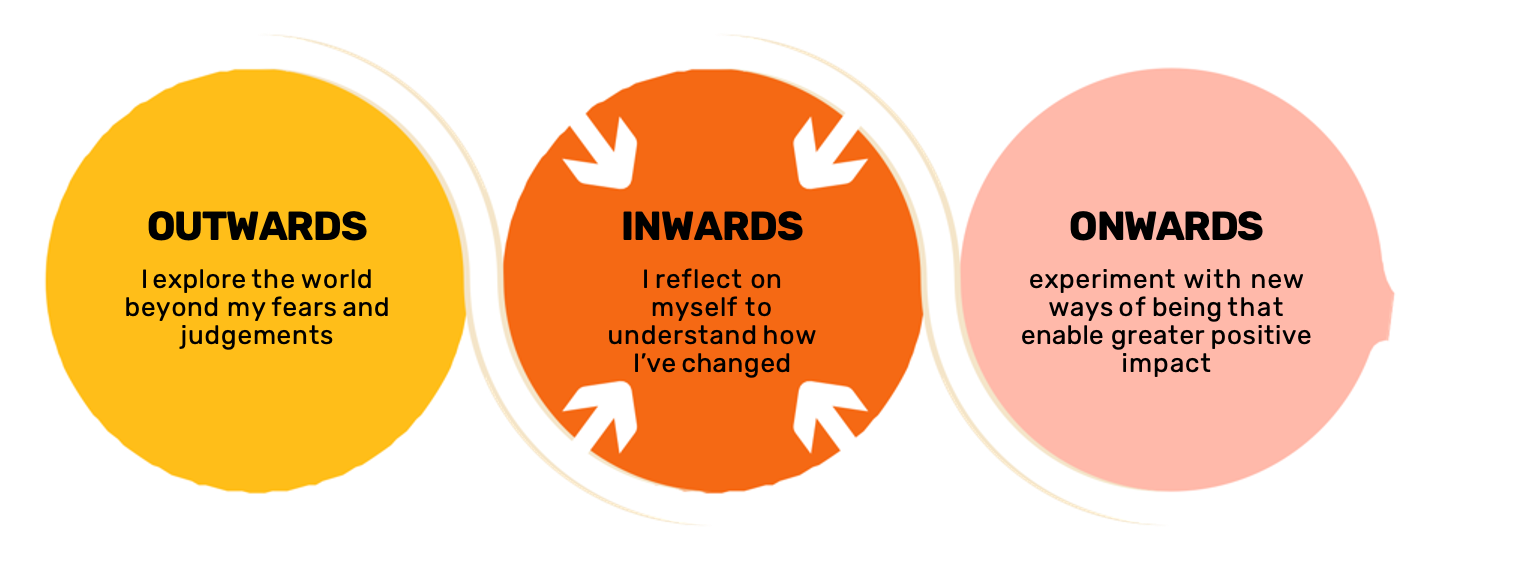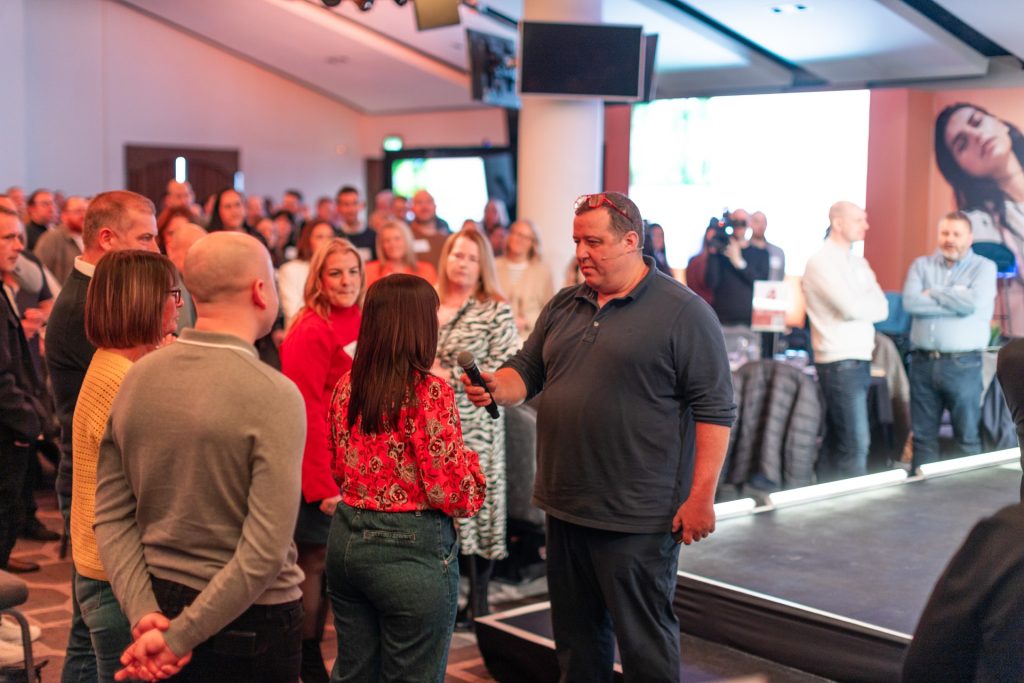There are no bad apples, just bad orchards.
Removing people from your organisation won’t fix the cultural problems that created them.
To find examples of bad leadership, we don’t have to go far. Turn on the news, and you’ll likely find multiple stories of high-profile people making poor choices, often at the expense of others.
What happens next in these stories is equally predictable: More often than not, the institution that claimed (and once heralded) the aggressor quickly goes on the offensive. They disown. They disavow. They hold up their values to prove this was the act of a single bad actor. Through their words and actions, they say, “It has nothing to do with us.”
The truth is, it has everything to do with them.
After decades of working with some of the world’s largest and highest profile organisations, we’re learned the same lesson again and again: There are no bad apples. Yes, individuals make bad choices. They do bad things, but more often than not, they do them to stay safe in the wider system.
Understanding the orchard
Several years ago, my team did some extensive work with a global bank. They were in a state of recovery following a large and very public cull of several leaders, who had lied to shareholders. Though the remaining leaders were a bit bruised and battered from the experience, the universal sentiment was one of relief. They had successfully slayed the dragon. They were eager to move on and rebuild the business’ reputation.
If only it were that easy. It didn’t take long for my team, through workshops and interviews, to unearth some deeply rooted cultural issues. “The cancer has spread,” their leadership team said when we told them.
It was true, it had – just not in the direction they thought.
A variety of cultural issues were at play. For one, a heightened focus on financial results at the exclusion of other performance metrics meant leaders didn’t feel accountable to the organization’s stated values of integrity and honesty. Instead, they interpreted the singular focus on financial performance as a necessity for retaining their jobs.
Another issue was a strongly reinforced hierarchy, which positioned senior leaders out of reach of everyone else. As a result, issues were rarely escalated to senior leadership in their true form. Instead, senior execs were protected and “managed” by a second-tier of leaders, who were motivated to only deliver good news from the ground up.
Finally, an institutional story of a previous generation of business leadership was told again and again. The key message: they had been weak and had almost lost the company. Now, the only acceptable form of leadership was bold and unflinching.
These, among other realities of the culture, meant that when it came time to share results with shareholders, the only choice for some leaders was to project strength, manipulate the truth, and report the results they wanted at any cost.
They were merely doing what they thought was needed to protect their position. And the problem with that, of course, is that it is likely someone else would do it again.
Treating the soil
There is a way forward…. In order to create an “orchard” that yields good apples, we need to explore our worlds with open eyes and beyond our assumptions and fears. We need to ask what is really going on here? See the patterns not identify issues and problems. These patterns exist for a reason – they have a payoff.
We then must go inward both individually and collectively. We need to look at our histories and the stories we have created from experience. We must challenge our assumptions and own our own part in the dynamics we blame others for.
Last week for example we were with our client – a global Tech giant – whom we have partnered with on their culture change journey for several years. An organisation that is now recognised by their leaders as “radically different” from when we started the journey. They have transformed themselves and their business.

Of course, this is not a ‘one and done’ approach – of course there are new patterns emerging. This is a feature of a human system.
We at Purposeful Change help people lead their own “evolution”.

Growing new trees
If yours is like many organisations, you might be in the process of finding and removing the person or people you think will solve the business problem. Before you do so, challenge yourself:
What might have made them behave that way?
Why might they think it was necessary or acceptable?
What is true about the culture that might make others exhibit the same behaviours?
If you’d like to know more about this kind of experience, pop us a message.
Wish us luck!
Monica
COO Purposeful Change
- March 7, 2024











